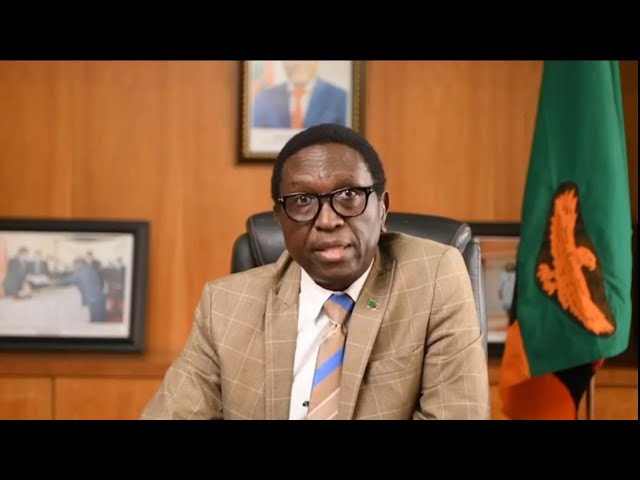DOREEN NAWA
Lusaka
- Govt says surveillance systems, early warning mechanisms in place to ensure PPR-free Zambia
MINISTER of Fisheries and Livestock Peter Kapala has described Peste des Petits Ruminants (PPR) as a “significant threat to livelihoods, food security and economic development” in the southern African region, as countries unite to establish a buffer zone to contain the disease.
And African Union Inter-African Bureau for Animal Resources (AU-IBAR) has revealed that Africa will need €528 million over the next five years to eradicate PPR, a deadly livestock disease that threatens food security and rural livelihoods across the continent.
Speaking at the opening of a Southern African Development Community (SADC) meeting in Lusaka, Mr Kapala warned that the highly contagious viral disease, which mainly affects goats and sheep, has the potential to cripple rural economies if left unchecked.
“PPR is not just an animal health problem—it is a livelihood problem. Millions of our people, especially in rural communities, depend on small ruminants for income and protein. If this disease were to spread into Zambia, the consequences for food security and poverty reduction would be devastating,” he said.
He noted that Zambia’s small ruminant population—estimated at 5.5 million goats and 300,000 sheep as of April 2023—forms a critical pillar of household income for smallholder farmers. Protecting these resources, he said, was essential for the country’s broader agricultural and economic resilience.
Although Zambia has never recorded a clinical case of PPR, Mr Kapala said Government has been proactive in prevention, with surveillance efforts dating back to 2010.
The national PPR control strategy, first developed in 2014 and revised twice since, aligns with both regional and global frameworks.
“Our surveillance systems and early warning mechanisms are in place to ensure that Zambia remains free of PPR.
But we cannot do this in isolation—diseases do not respect borders. That is why this regional buffer zone is so critical,” he told the gathering.
And AU-IBAR team leader PPR eradication and control programme Hiver Boussini said the financing target is critical if Africa is to meet its goal of eliminating PPR by 2030.
“External support is catalytic, but national ownership and domestic financing must lead. Above all, it is the sovereign responsibility of each Member State to mobilise and sustain the resources required to eradicate PPR—for the benefit of its population,” Dr Boussini said.
And European Union team leader social sectors and governance counselor Bogdan Stefanescu said has already committed €8 million for the preparatory phase of the Pan-African PPR Eradication Programme and pledged an additional €50 million for Phase II from 2027.
PPR costs Africa more than US$2 billion annually in livestock losses. With 46 out of 55 AU member states affected, the disease undermines livelihoods of pastoralists, women, and youth who depend heavily on sheep and goats for food and income.
AU-IBAR emphasised that governments must explore innovative financing models such as targeted livestock levies, public-private partnerships, and pooled regional procurement to close the funding gap.
“If we coordinate through SADC and other regional bodies, we can reduce costs, accelerate progress, and protect PPR-free countries while moving closer to a continent free of the disease,” Mr Stefanescu said.


